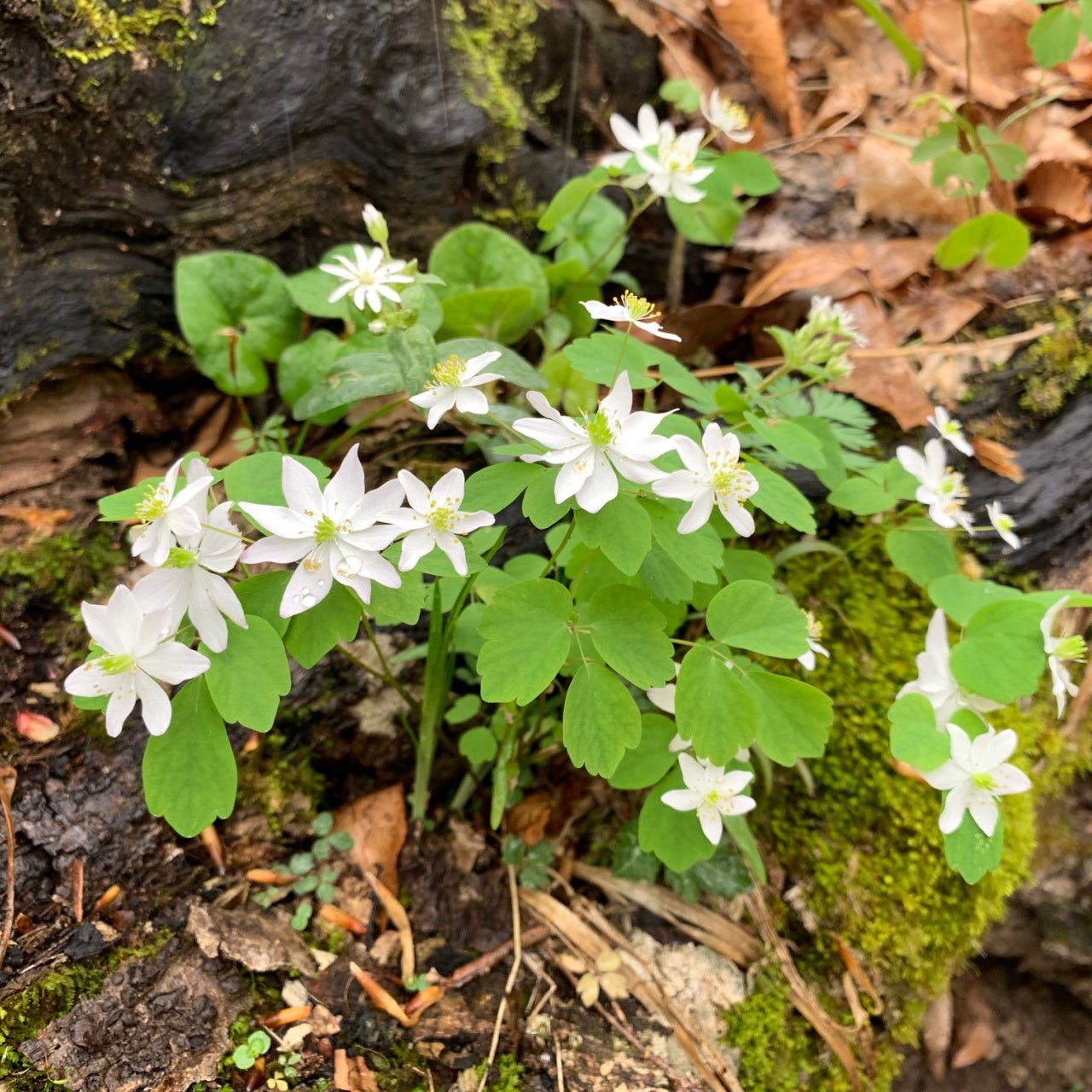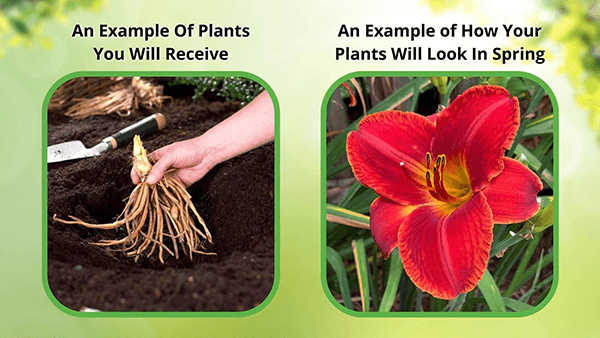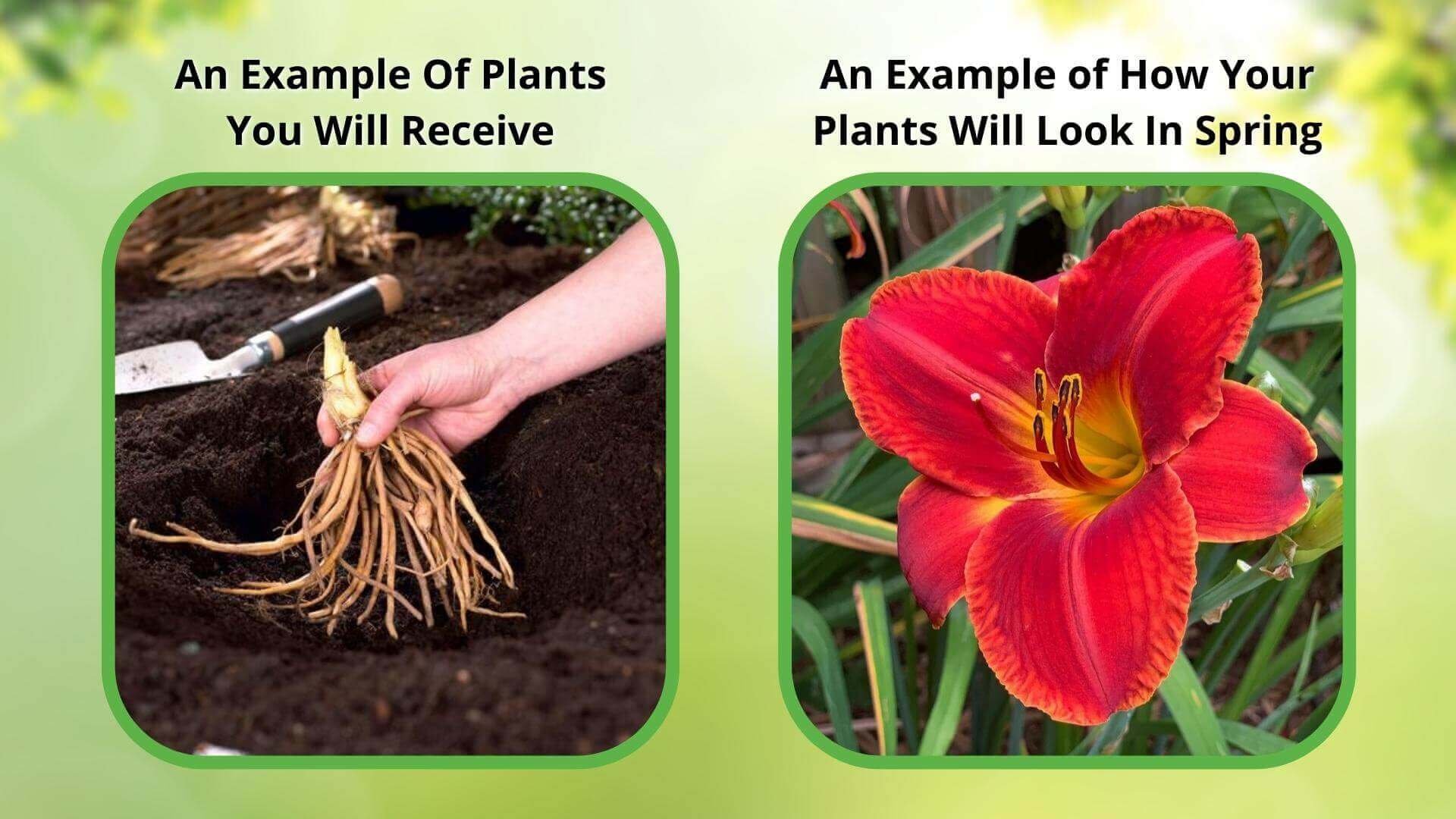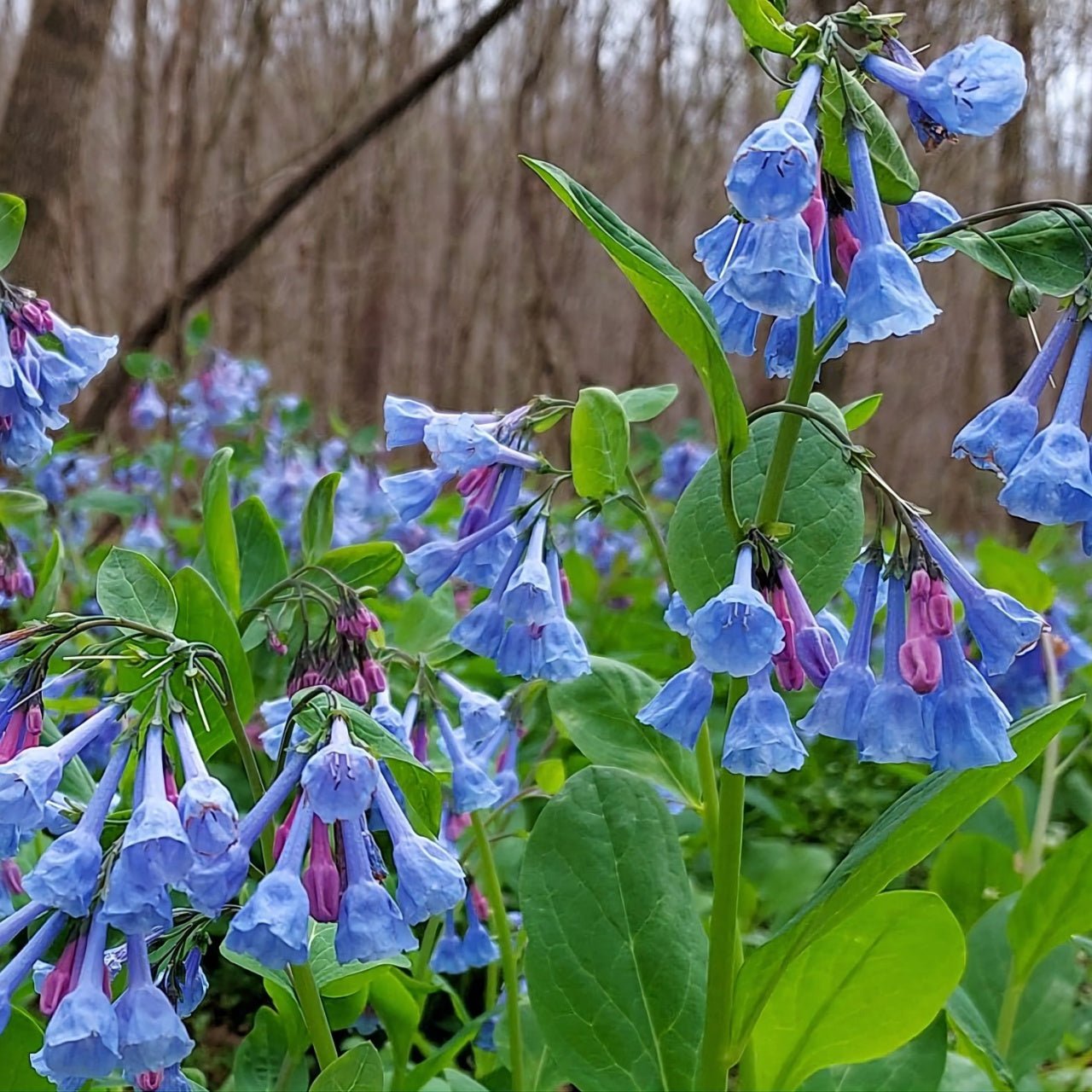



Anemone Plant
Stunning spring and fall blooms
Versatile in various garden settings
Low maintenance and hardy
Thrives in
ZONE 4ZONE 5ZONE 6ZONE 7ZONE 8ZONE 9ZONE 10This plant ships:
Ships Week of May 19th1 Year Guarantee on all plants
The Anemone Plant - Anemone quinquefolia
The Anemone Plant (Anemone quinquefolia) is a dainty woodland perennial, commonly known as the Wood Anemone. Present as far west as Minnesota, they are native to eastern North America and are a quintessential spring time familiar for hikers and gardeners alike.
Flowering of this dainty perennial is prolific. They are early bloomers and produce copious blooms of starburst-like flowers that reach about 1 in in diameter. These flowers are typically white but can also be soft pink or vibrant red in color. Since the petals are actually sepals, the inflorescence of this plant persists long after the flower has bloomed.
Plant Details - Anemone Plant
Family: Ranunculaceae
Hardiness Zones: 3 to 8
Light Requirement: Partial shade to full shade
Water Needs: Moderate
Height: 4 to 8 in
Spread: 4 to 12 in
Growth Rate: Moderate
Bloom Time: April to May
Flower Color: White
Wildlife Value: Attractive to pollinators
This plant has a simple elegance to its appearance. Only reaching 10 in in height, they emerge with whorled foliage, producing three or more graceful, feather-like leaves per node along the stem. They are commonly called ‘wind flowers’ as they gently jostle in the winds that pass-through woodlands.
The Anemone Plant is rhizomatous and spreads through this shallow root systems. As it is a woodland native, it prefers shady areas and makes a charming addition to a woodland edge, north facing perennial bed or to a stream or pond bank. After the flush of flowering in the spring, the plant becomes dormant as temperatures rise toward the summer time, making way for other garden favorites to grow and bloom.
Landscape Uses and Maintenance - Anemone Plant
This plant is low maintenance and naturalizes well once transplanted. It prefers humus rich, moist and well-drained soils that are slightly acidic. Due to their rhizomatous root structure, they are easily propagated by division.
They are pest and disease free as well as deer resistant. Plant in a naturalized woodland garden or as a part of a quaint cottage garden - they make a charming, early spring groundcover accompaniment.
Noteworthy Characteristics
Prolific bloomers, spring time groundcover, attractive to pollinators.
This early blooming, feather-leaved, dainty perennial will have early pollinators buzzing about your garden, providing a celebratory kick off to the spring time growing season. Shop for the Anemone plant online at TN Nursery. For 68 years, we have served the landscaping industry and homeowners with specimen plants.
This Is How Your Plants Will Look upon Delivery

Bloom Season
Spring
Bloom/Foliage Color
White
Height at Maturity
Under 12"
Care
Water Anemone plants regularly, keeping the soil evenly moist but not waterlogged. Ensure well-drained soil is enriched with organic matter—mulch in winter to protect roots from freezing. Split the roots every few years to maintain vigor. Deadhead spent blooms to encourage more flowering.
Plant Reproduction
Anemone Plant spreads by underground rhizomes or by spreading roots.
Shipping date depends on the date displayed and chosen when you order from the product's page.
We only accept returns on plants verified dead. If you think your plants have died, we offer a 1 year warranty, please use this File a Claim Link to verify dead plants and start with return warranty process.





.png?v=1721986946683&em-origin=cdn.accentuate.io&em-format=auto)
Nighttime Blooms:
Known for their nyctinastic behavior, Anemone flowers open and close in response to light, creating a dynamic and interactive display in your garden.
Cut Flower Longevity:
They keep growing even after they’re cut. Anemones make excellent cut flowers that retain their beauty in arrangements for a longer time, adding elegance and charm to indoor displays as well.
Delicate Yet Bold Appearance:
Despite their striking, bold look, Anemone flowers are actually quite delicate and sensitive to ethylene, which adds a unique charm to their presence in any garden or floral arrangement.
Cultural Significance:
In some cultures, Anemone plants are believed to keep away evil spirits. They can also symbolize love, happiness, or sincerity.
Caring Tips
How do I care for my Anemone Plant?
Each box contains detailed care instructions and information about your product. But here's the basics.
Care Tips
Water Anemone plants regularly, keeping the soil evenly moist but not waterlogged. Ensure well-drained soil is enriched with organic matter—mulch in winter to protect roots from freezing. Split the roots every few years to maintain vigor. Deadhead spent blooms to encourage more flowering.
Light Requirements
Anemone plants thrive in partial shade to full sun. Ideally, they prefer dappled sunlight or morning sun with afternoon shade, especially in hotter climates, to avoid scorching the delicate flowers and foliage.
Hardy Planting Zones
4 • 5 • 6 • 7 • 8 • 9 • 10
Header
Use this content to share information about your store and products.
Frequently Asked Questions
How often should I water my plants?
How do I know if my plant is getting too much or too little sunlight?
What should I do to prepare my plants for winter?
What are the signs that my plant needs fertilizing?
How can I prevent pests from damaging my plants?
How do I choose the right plant for my climate zone?








